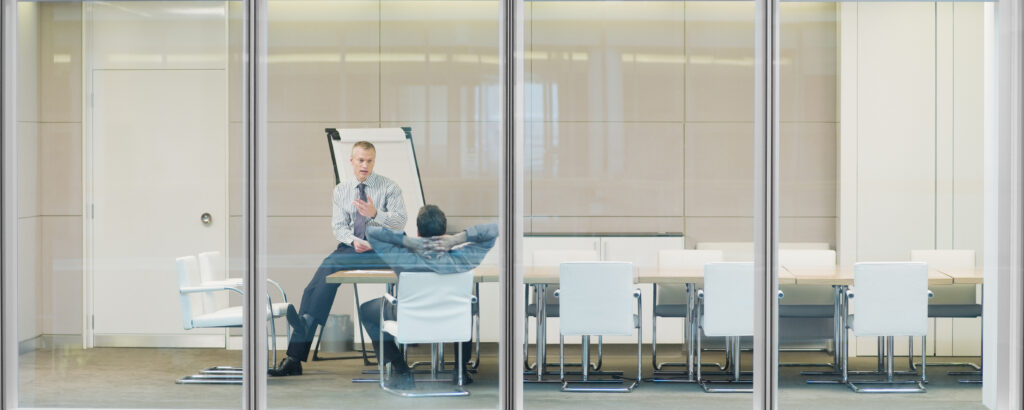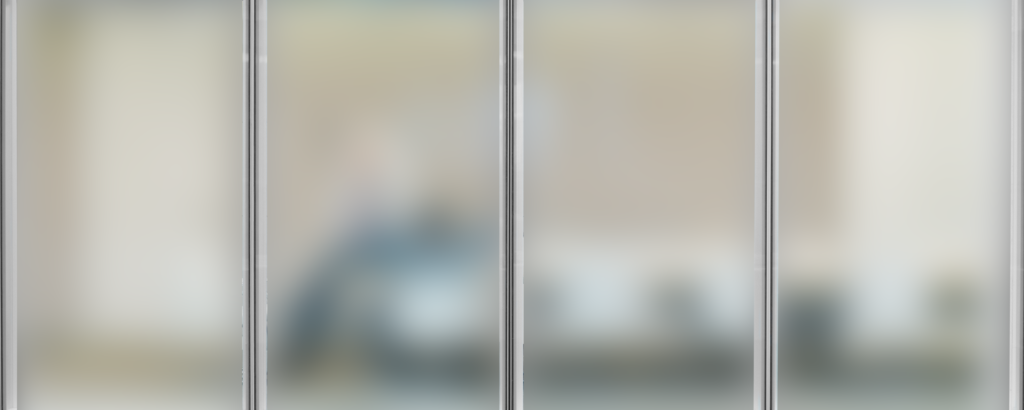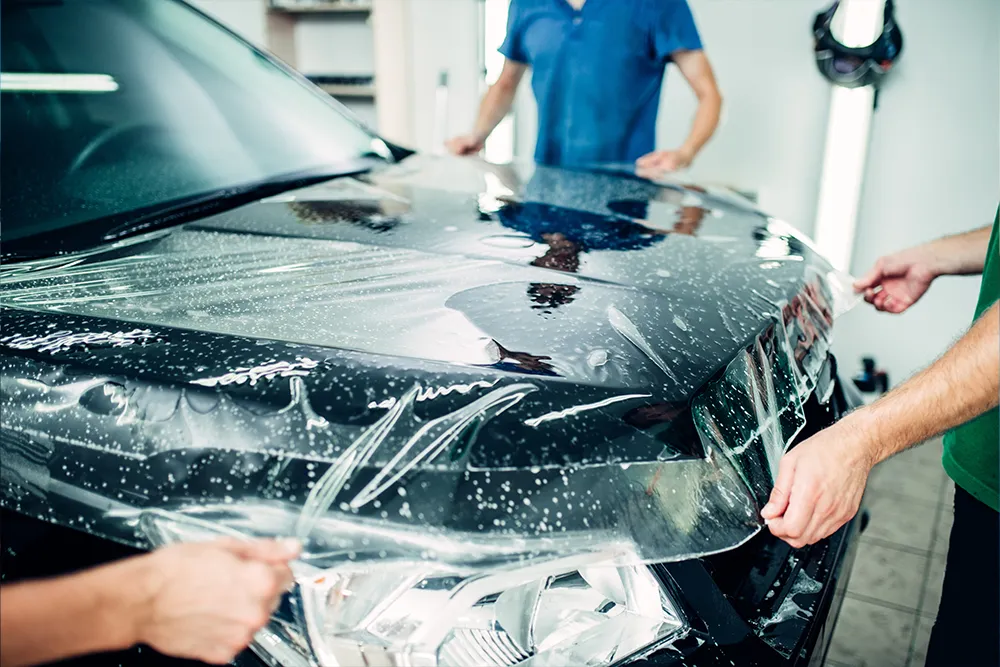Mativ is all about material impacts – whether you can see (through) them or not! For more than 35 years, Argotec’s optically clear extruded polymer films have driven innovation in a wide range of industries, including the latest advances in high performance glazing applications, such as smart glass. We caught up with Tom Niziolek, who manages the optical and industrial solutions for our Argotec brand, to discuss all things smart glass – what it is, why it’s used, where to find it, and how Mativ is making an impact.
The science behind smart glass
“Smart glass, sometimes referred to as switchable or dynamic glass, is a broad category that encompasses several types of technologies for both building & construction as well as transportation applications. Essentially glass that responds to external stimuli by changing its color, tint, or opacity can be considered smart glass,” explained Tom Niziolek. “Take for example transition lenses – when the wearer goes out into the sun, the lenses automatically darken. Smart glass takes this one step further, using electricity to create unique properties within glass layers.”
Smart glass is created through a process known as glass lamination, where glass sheets are bonded together with interlayer films created from thermoplastic polyurethane (TPU) or ethylene vinyl acetate (EVA) polymers. Both the glass sheets and the interlayer film are enhanced with smart glass technology that allows its light transmission properties to change from transparent to opaque when voltage is applied.


Smart glass impact on daily life
Energy efficient buildings
According to the International Energy Agency (IEA), cooling homes and buildings accounts for nearly 40% of the total electricity usage worldwide and it predicts that the energy demand for cooling buildings will triple by 2050. “In our homes when the sun is blazing, we can easily adjust the curtains or the shades to the block the sun and minimize the heat gain,” Tom explained. “But in an office building, or let’s say a mall with skylights, reducing heat gain is a more complicated endeavor. Installing smart glass technology that autonomously responds to sunlight can help to reduce heat gain, resulting in lower energy demand for cooling needs.”
Electricity producing windows
Reducing energy usage is great step. But imagine if every glass window in an office building could double as an energy producing solar window. “Currently, Argotec is partnering with a company called UbiQD to co-develop super-intelligent solar windows that could transform this concept into a reality.” UbiQD’s use of the Nobel Prize-winning quantum dot technology allows for light to refract within the glass, hitting solar cells embedded into the edges of the material. “With our extensive knowledge and experience with interlayer films, this partnership extends our technical contributions to built environments, enabling property owners and developers to push toward carbon neutrality and beyond,” Tom continued.
Transportation of the future
Modern vehicles are using more glass. For instance, consider the evolution of car sunroofs. “In a growing number of vehicles, the sunroof now extends from the windshield to the back window,” Tom illustrates. This provides passengers in both the front and back row seats with stunning panoramic views. It also provides the sun with more surface area to heat up the car’s interior. Traditionally, vehicles would use a fabric shade to block the sun. But that solution would also block the panoramic views. “With smart glass technology, we can better control the amount of sunlight and heat impacting our environment, while still being able to see through the glass without adding extra weight to the vehicle. This could be a game changer not only for cars, but also airplane and passenger train windows.”
On-demand privacy
While optical clarity is important for trains, planes, and automobiles, there are instances where see-through glass isn’t ideal. “Hospitals is one use case that comes to mind,” Tom shares. There are countless studies supporting the health and well-being benefits of sunlight exposure. “If you want to design a room where a patient has the benefit of sunlight to expedite recovery but also has privacy when receiving treatment, smart glass technology is one way to achieve that goal.”
What’s next for smart glass
From improving EV vehicle range to driving carbon neutrality in commercial and residential buildings, the possibilities of smart glass are nearly endless. “I believe smart glass will help engineers, designers, and architects solve some of the key challenges of modern life, including increased daylighting, energy conservation, and environmental responsibility,” Tom surmised. As a crucial component to smart glass as well as other innovative applications, Argotec films will continue to pave the way for exciting new technologies.
To learn more about Argotec films or partner with Argotec interlayer film experts on your next project, visit their website or follow them on LinkedIn. Explore our solutions page to learn more about the Mativ family of brands.


